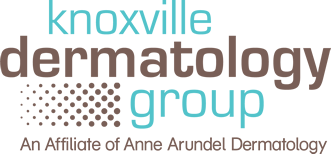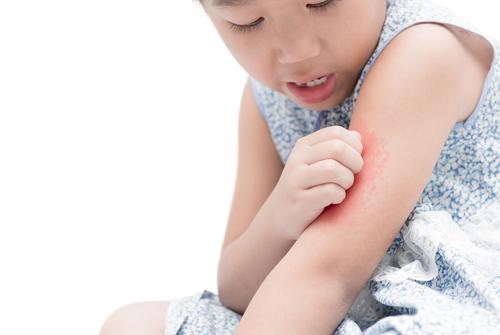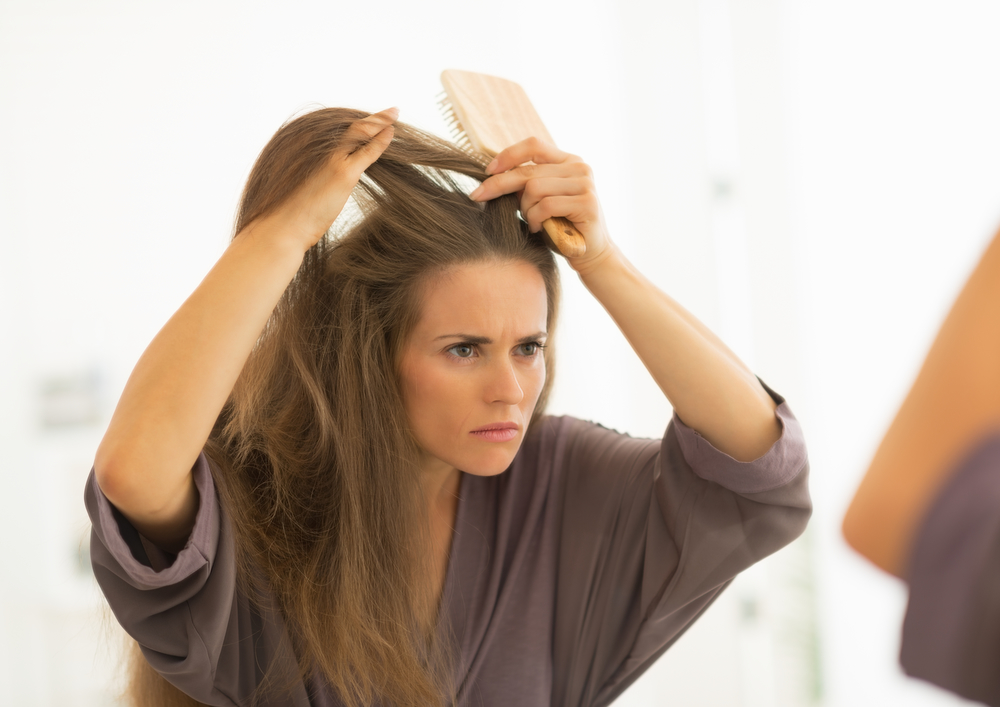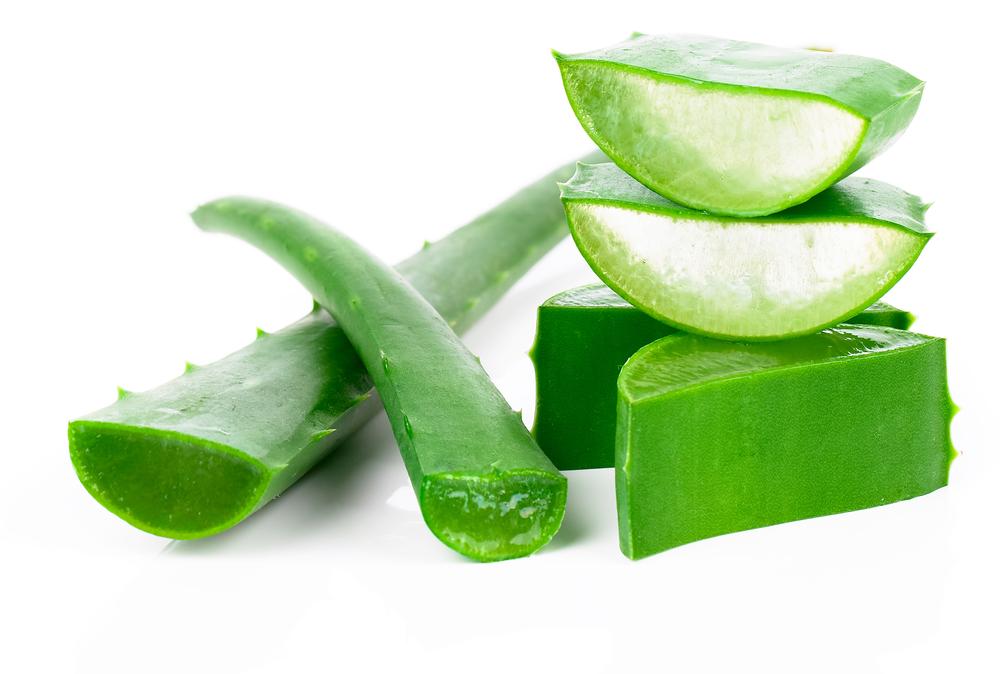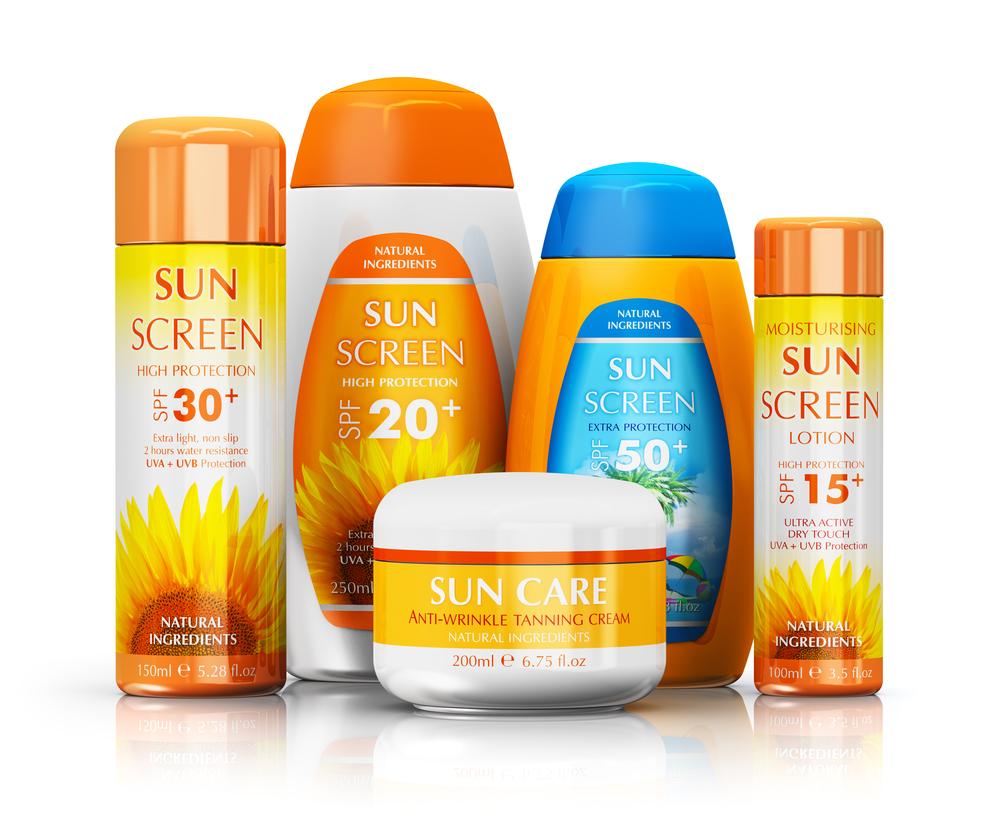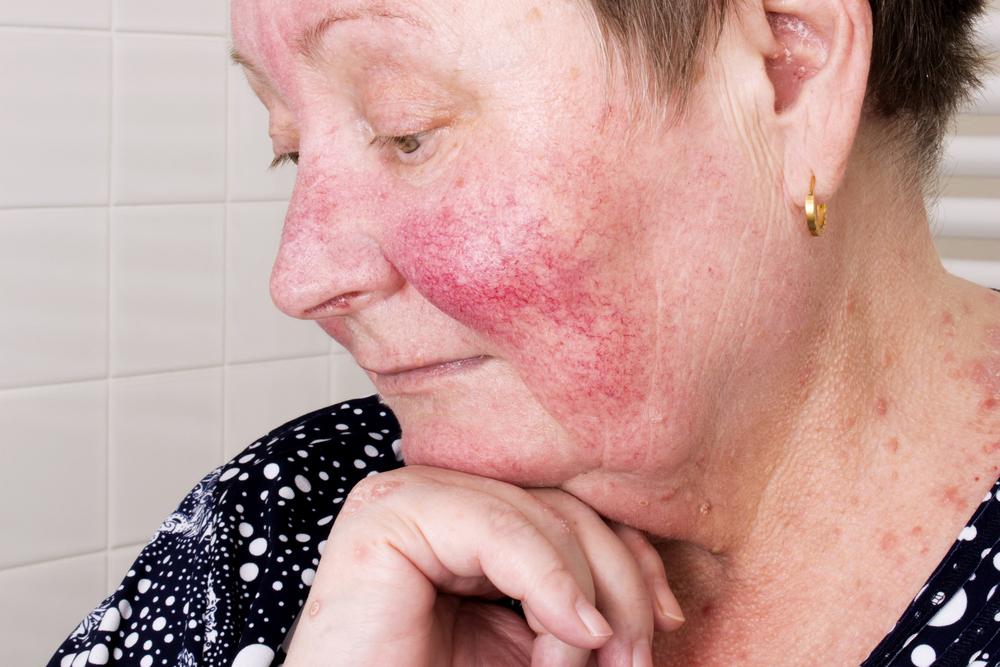
When you were a kid, you may have had the chickenpox, or at least knew a friend that had them. There are vaccinations these days that make the sickness less prevalent, but that doesn’t mean your chickenpox, or varicella, will never return. If you contracted this rash at some point in your childhood, there is a chance the virus will appear again one day as shingles.
Chickenpox
Chickenpox is a highly contagious disease that is caused by the varicella zoster virus. This is the same virus that causes shingles too. When you first contract the virus as a child, the chickenpox will form as itchy blisters appearing first on the back, chest and face. The blisters will then spread to the rest of the body and leave the child with flu-like symptoms. It can cause anywhere from 250 to 500 blisters across the body that may scar if not healed right. If you had it as a kid, you probably took a week or two off school until the blisters scabbed over and the sickness went away.
Varicella Zoster
Or did it really go away? No. Once infected with the varicella zoster virus, it will never truly go away. After the chickenpox heals, the virus will travel along the nerve fibers and remain dormant in the spinal cord and brain. Decades later, the virus may appear again, this time as shingles, to deliver its second punch.
Shingles
When you first get shingles, or herpes zoster, you may be skeptical about what it is and where it came from. A row of raised, red dots will pop-up only on one side of the torso or face. You may think it’s only hives or a reaction, but a trip to a dermatologist and an examination will tell you it’s shingles. Once you are infected by shingles, it can’t be cured. There are treatments available to lessen the symptoms, but you’ll just have to let the illness run its course.
Once the itchy, red bumps start to appear on one side of your torso or face, the skin in the affected area will start to appear red. There may be a tingling under the skin, but it also can feel like a stabbing pain. You may experience fever, chills or an upset stomach. The rash will then turn into painful, red, fluid-filled blisters that will eventually dry out and crust over.
Will I Get Shingles?
If you have ever had the chickenpox, there is a possibility that it will one day return as shingles. It could be years later, but there is no telling when it will arise. There are some conditions that make it easier for the virus to return. A weakened immune system from medicines or other diseases allows for your body’s defenses to be down, and for the varicella zoster virus to reappear as shingles . Old age and stress are also contributing factors.
If you think you have shingles, visit a doctor or dermatologist immediately. The infection is highly contagious and can spread easily to people without the vaccination. Avoid pregnant women and babies until the sores on the skin have crusted over and started to heal.
Are you looking for a trusted dermatologist to accurately and correctly treat your shingles? Visit Knoxville Dermatology Group online to learn more about our trusted doctors. Visit us online here, or give us a call at (865) 690-9467.
